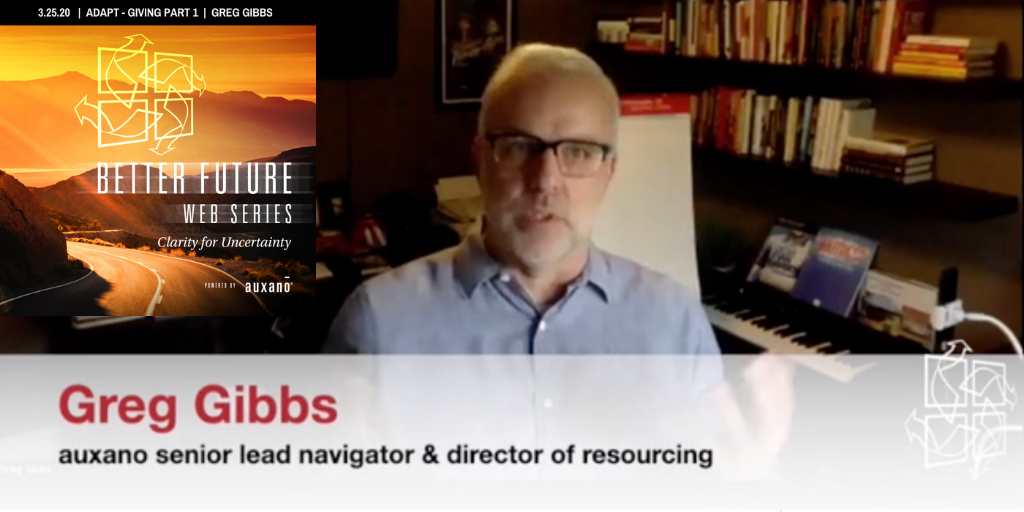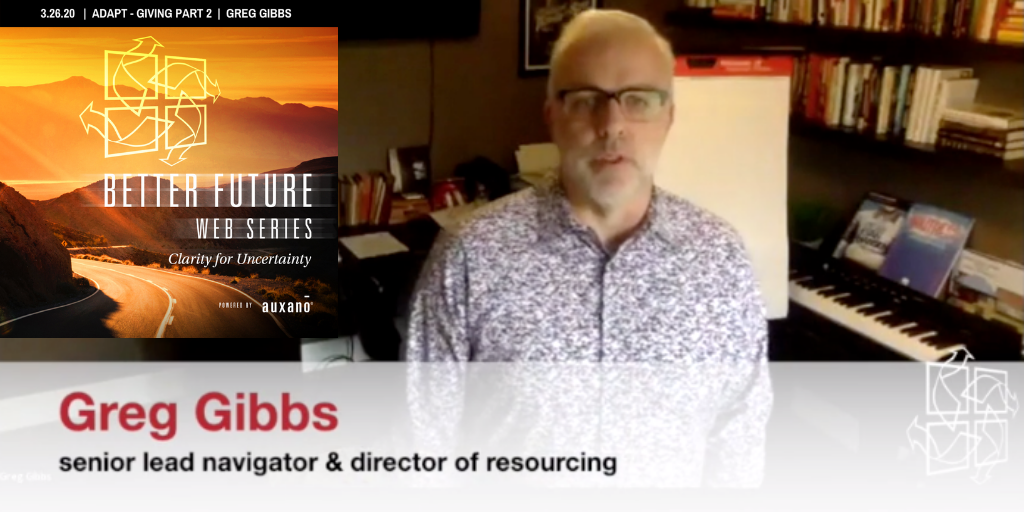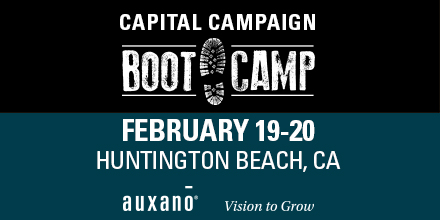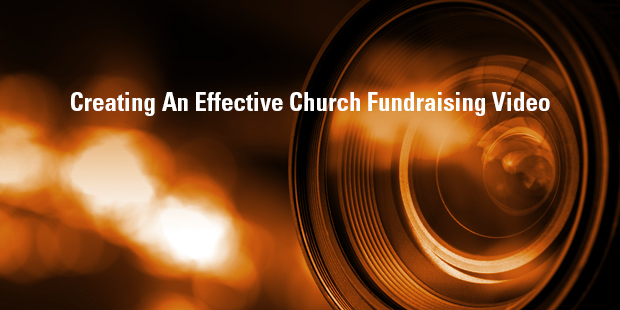Here’s a little context for you: I’ve been helping lead out Capital Campaigns for almost 20 years, which means I’m clocking in at 100+ campaigns, including doing them (successfully!) during the 2008-2010 economic recession. Oh, and by the way…I live near Detroit!
Believe me, we not only felt the sting for those years, but have experienced the economic PTSD that goes along with that moment in history. People lost a lot. They lost jobs, homes, and often proximity to family support.
But I’ve noticed there are some long-lasting effects and Capital Campaigns can be a complex thing to talk about. The tension is palpable – even at the best churches in America.
Here are five barriers I’m seeing right now, along with five ways we can crack the code.
1) The Generation That Likes to Build Stuff is Passing Away
One of the great things about the Builders is that they got our country through some hard times and were instrumental in building churches, companies, and organizations that are now part of the fabric of our culture. As time passes, these builders (who also populate the top-giver ranks of many churches in America) are passing away. And some of the values they espoused are passing away with them.
CRACK THE CODE:
Continue to understand the ways to communicate with the generations behind the Builders. The Boomers still have a lot of wealth to give away – and the younger generations just need to be heard. They are ready to give, and are, in fact, one of the most generous generations, but they will want to see how dollars are connected to actual human impact. They grew up asking questions about ROI (and this is a good thing!).
2) The Institutional Church is Looked at with Skepticism
The church in America has always taken some level of criticism, but the real difference is the loudest cynics used to be primarily outside the church. Times have changed. Now, even inside the church the idea of committing to or investing in “the institution” of the church comes with some hefty questions.
CRACK THE CODE:
Do not be afraid to do a kind of gracious defense of the church (at large) and your church. Meaning: Do not be defensive and do not excuse bad behavior by the church. But instead, kindly review the impact the church has had throughout the history of America, throughout all of history, and what impact your church has had for the good of the community in which you live. If you’re being faithful to your vision and that calling, people’s perspectives change.
3) Church Members are Busy, Distracted, and Not Present
Probably the hottest topic on church leadership blogs and forums for the last five years or so has been the decline of worship attendance. Will people choose sports events, kids activities or just stream online church service? Are they simply not motivated to spend their Sunday morning in the traditional place for Christians to go – church services? This impacts the ways in which we can get the word out about anything – including large scale funds initiatives.
CRACK THE CODE:
Be ruthless in your evaluation of your current communication strategies. What is working? How are people receiving information the best? Do we have the most effective platforms and channels? Ask communication specialists in the congregation to audit your approach and create a task team to help the church with going to a new level of excellence. But even more so, dig into what’s really happening at your church. Often, we use anecdotal evidence rather than really uncovering what might be happening. But at the end of the day, people show up and give to vision, and a worship service isn’t the vision. It’s simply a vehicle. Make sure people (or your messaging) don’t confuse the vision for the vehicle.
4) Younger Christians are More Likely to Give To NPOs
The next generation (let’s call it the under 40 crowd) have an amazing level of passion for meeting the needs of the world, both spiritually and in other ways. Though most churches are doing great work in a very fiscally responsible way, the point is there are still Non-Profit Organizations outside (or alongside) the church that have the ability to specialize and streamline their ministry focus, which creates opportunities for the under-40 crowd to really tailor their giving.
CRACK THE CODE:
Find out if this is true about the younger generations in your church. Ask them! Host a dinner with the express intent of having a discussion with a few dozen families about what motivates them to give, what turns them off, and whether or not the church is hitting the mark. Without being defensive, talk about the current ways in which the church is addressing justice, poverty, or education. And find out what it would take to garner more support for the church. Again, this is about vision! Maybe they have a vision for what your church can do, they desperately want to be part of it, and you now have some fresh bench strength!
5) There has Been Unrest about Long-Term Commitment Since 2010
There is no doubt that the majority of responses to funding needs were very consistent (with few exceptions) for decades in the Church Capital Campaign space. But something cracked in 2008-2010. All of a sudden asking someone for long-term commitments (the standard practice) felt like a shaky proposition.
CRACK THE CODE:
Consider going shorter term for your capital campaign collection – many churches are gravitating toward two-year collection periods (24 months) instead of the long standing tradition of three-year campaigns. Or consider cultivating increased generosity to the general fund combined with top-level budgeting practices to get the capital needed through the regular offerings. In other words, if you need a certain amount of capital and it actually amounts to (or equals) a 20% increase to your general fund each year, consider campaigning for this. It is somewhat semantic (because you are campaigning either way) but could be a great option for the church.
Doom and gloom? Not at all!
There are hundreds and hundreds of churches every year in America that do a bang up job of running a faith-soaked and discipleship-based capital campaign that have win-win benefits.
Want to hear more? You’re in luck! These are covered in my book called the Capital Campaign Playbook: An Insider Look At A Church Consultant’s Game Plan.
Better yet – This information, plus a lot more, is a part of our next Capital Campaign Boot Camp, February 19-20, in Huntington Beach, CA.


Tags: Capital Campaign Playbook, Crack the code, Greg Gibbs, Successful Capital Campaigns, capital campaigns
|
What is MyVisionRoom? > | Back to Resourcing >


































